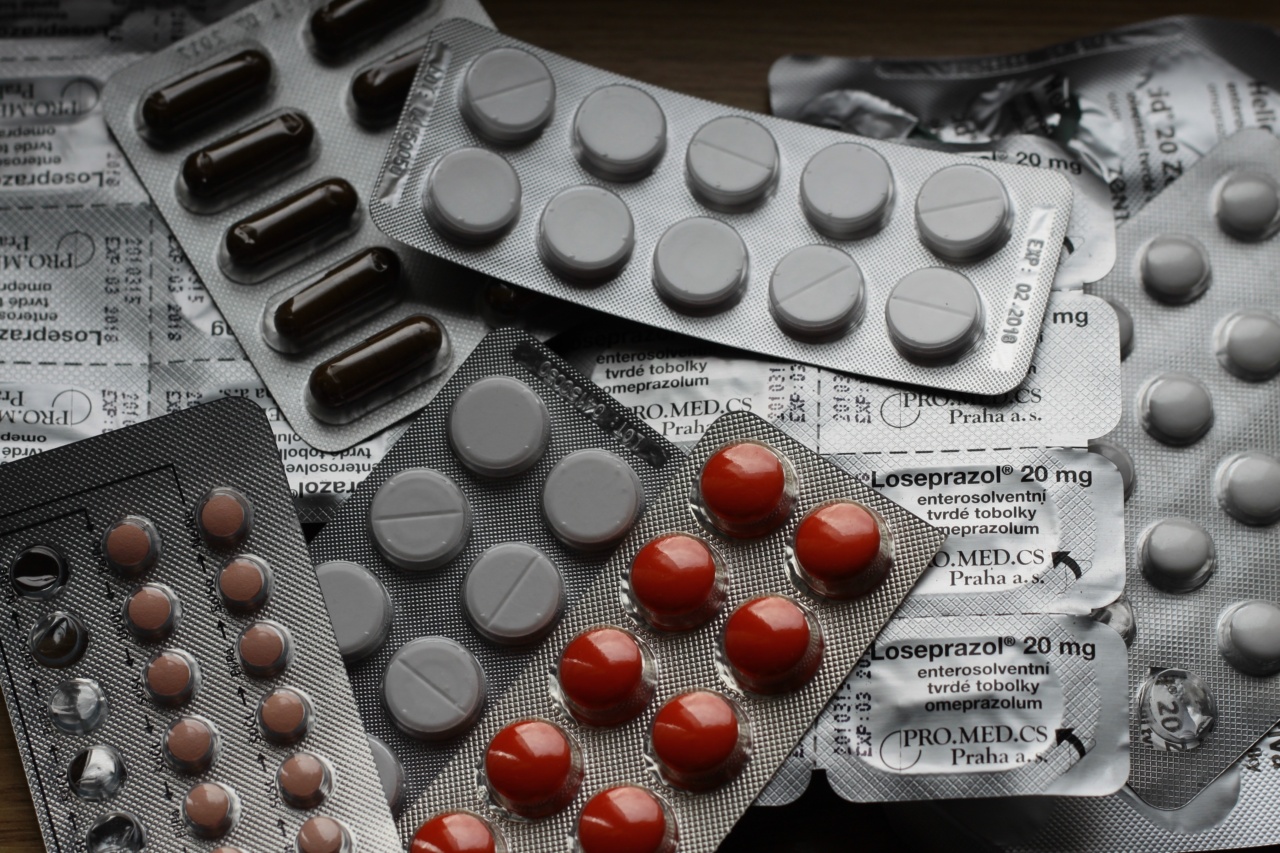Groin pain in children can be caused by a variety of factors, including:.
1. Muscle Strain: Overuse or sudden movement can result in muscle strain in the groin area, leading to pain and discomfort.
2. Hernias: Inguinal hernias are common in boys and can cause groin pain. It occurs when a portion of the intestines pushes through a weak spot in the abdominal muscles.
3. Hip Disorders: Certain hip conditions like Perthes disease or hip dysplasia can cause groin pain in children.
4. Sports Injuries: Participating in high-impact activities or sports can lead to strains or injuries in the groin area.
5. Infection: Sometimes, groin pain in children can be a result of infections, such as urinary tract infections or skin abscesses.
Symptoms of Groin Pain in Children
The symptoms of groin pain in children may vary depending on the underlying cause, but common symptoms include:.
1. Pain or discomfort in the groin area, which may worsen with movement.
2. Swelling or a lump in the groin.
3. Difficulty walking or limping.
4. Reduced range of motion in the hip joint.
5. Redness or warmth in the groin region.
Treatment Options for Groin Pain in Children
The appropriate treatment for groin pain in children depends on the underlying cause, and it is essential to consult a healthcare professional for a proper diagnosis. Some common treatment options include:.
1. Rest and Activity Modification: In cases of muscle strains or sports injuries, rest and avoiding activities that aggravate the pain can help in recovery.
2. Physical Therapy: Physical therapy exercises can be beneficial in strengthening the muscles and improving flexibility in the groin area.
3. Medications: Over-the-counter pain relievers like acetaminophen or ibuprofen may help alleviate pain and reduce inflammation.
4. Hernia Repair: If a hernia is the cause of groin pain, surgery may be required to repair the weak spot and alleviate the discomfort.
5. Hip Surgery: In certain cases of hip disorders, surgical intervention may be necessary to address the underlying problem and relieve the groin pain.
Prevention and Home Care
While not all cases of groin pain can be prevented, some measures can help reduce the risk and manage symptoms:.
1. Encourage proper warm-up and stretching exercises before engaging in physical activities.
2. Avoid excessive or repetitive activities that may strain the groin muscles.
3. Teach children the importance of using proper technique and form during sports or other physical activities.
4. Ensure children maintain a healthy weight, as obesity can increase the risk of groin injuries.
5. If there is a history of hernias or hip disorders in the family, be vigilant and consult a healthcare professional if groin pain symptoms arise.
When to Seek Medical Attention
It is important to seek medical attention if the groin pain in children:.
1. Worsens or does not improve with rest and home care.
2. Is accompanied by severe swelling or a visible lump.
3. Causes difficulty in walking or performing daily activities.
4. Persists for an extended period.
5. Is associated with fever or other signs of infection.





























